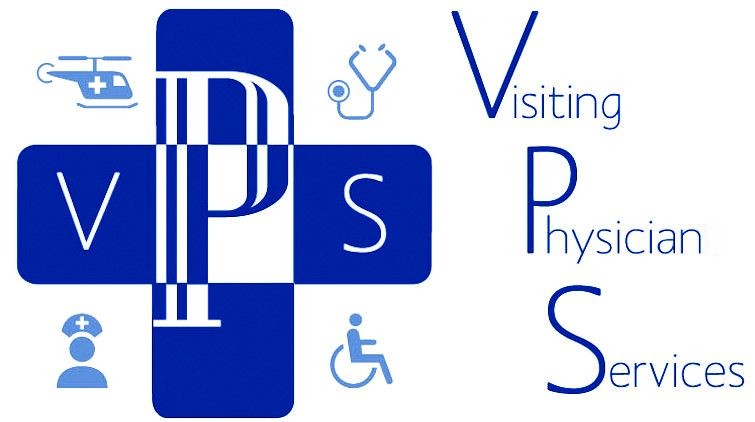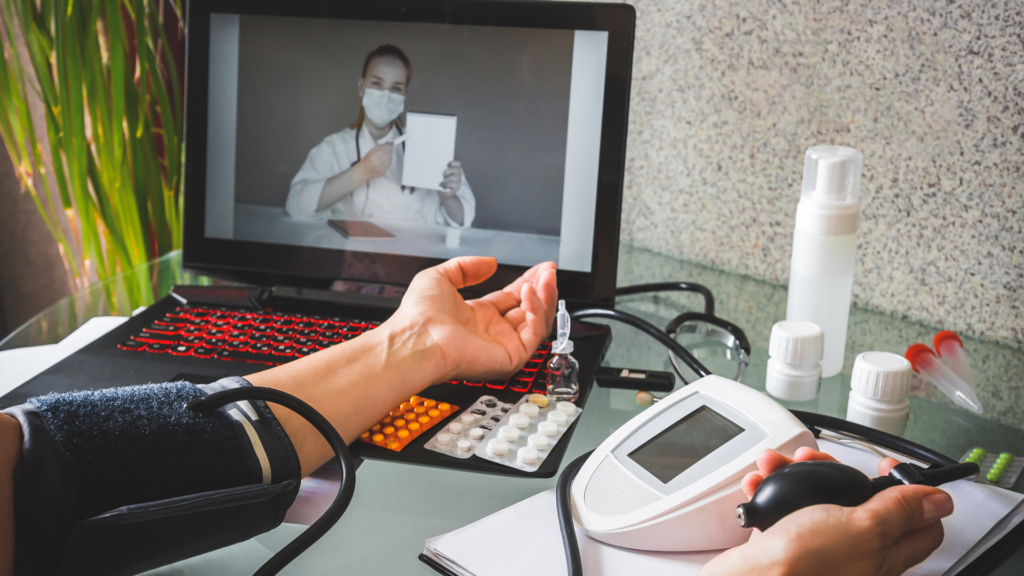Addressing privacy and security concerns is crucial when implementing remote patient monitoring (RPM) systems. Here are some important considerations to ensure the privacy and security of patient data:
- Data Encryption: Implement strong encryption protocols to protect patient data during transmission and storage. Utilize encryption technologies such as SSL/TLS for data transmitted over the internet, and secure storage systems with robust encryption algorithms to safeguard data at rest.
- Access Control and Authentication: Implement strict access controls to ensure that only authorized individuals can access patient data. Utilize strong password policies, two-factor authentication, and role-based access controls to limit access to sensitive information.
- Secure Data Storage: Implement secure storage systems and databases with appropriate access controls. Use encryption and regularly patch and update systems to protect against potential vulnerabilities.
- Regular Security Audits and Risk Assessments: Conduct regular security audits and risk assessments to identify any vulnerabilities or potential threats to patient data. This proactive approach allows for the identification and mitigation of security risks before they are exploited.
- Compliance with Regulations: Ensure compliance with relevant privacy and security regulations and standards, such as the Health Insurance Portability and Accountability Act (HIPAA) in the United States or the General Data Protection Regulation (GDPR) in the European Union. Stay informed about changes in regulations and adapt systems and procedures accordingly.
Addressing privacy and security concern with remote patient monitoring

- Training and Awareness: Train staff members on privacy and security protocols to ensure they understand their responsibilities in protecting patient data. Raise awareness about the importance of privacy and security among employees and patients alike.
- Secure Data Transmissions: Establish secure channels for data transmission, such as virtual private networks (VPNs) or encrypted messaging platforms. Avoid transmitting sensitive patient data over unsecured or public networks.
- Data Minimization and De-identification: Only collect data necessary for patient monitoring and treatment. Minimize the collection of personally identifiable information (PII) whenever possible. Consider de-identifying or anonymizing data when it is no longer necessary for patient care.
- Secure Vendor Relationships: If working with third-party vendors or service providers, ensure they have robust security measures in place and adhere to strict data protection protocols. Conduct due diligence to assess their security practices and ensure they meet privacy and security requirements.
- Transparent Privacy Policies: Clearly communicate privacy practices, data handling procedures, and patient rights to patients. Provide transparent privacy policies that outline how patient data is collected, stored, accessed, and shared.

